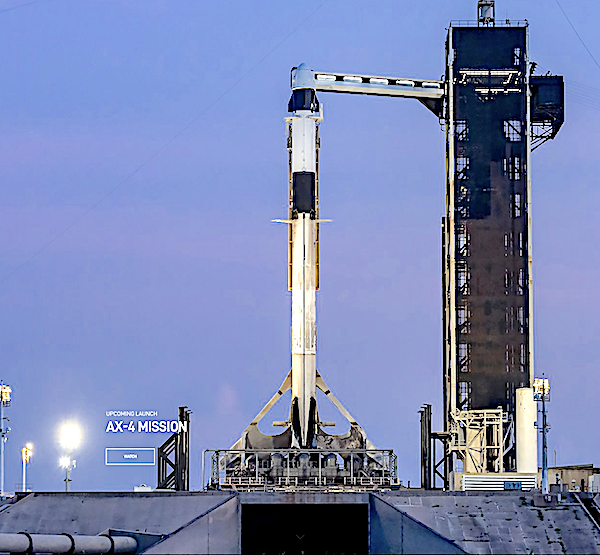
SpaceX is targeting Wednesday, June 11 for Falcon 9’s launch of Axiom Space’s Axiom Mission 4 (Ax-4) to the International Space Station from Launch Complex 39A (LC-39A) at NASA’s Kennedy Space Center in Florida. Launch is targeted for 8:00 a.m. ET, with a backup opportunity available on Thursday, June 12 at 7:37 a.m. ET.
A live webcast of this mission will begin about two hours prior to liftoff, which you can watch on X @SpaceX. You can also watch the webcast on the new X TV app.
This is the first flight for the Dragon spacecraft supporting thi mission. This will be the second flight for the first stage booster supporting this mission, which previously launched a Starlink mission. Following stage separation, Falcon 9’s first stage will land on Landing Zone 1 (LZ-1) at Cape Canaveral Space Force Station in Florida.
During their time on the orbiting laboratory, the crew will conduct more than 60 scientific experiments and demonstrations focused on human research, Earth observation, and life, biological, and material sciences.
SpaceX readies for Tuesday launch of Axiom Mission 4 astronauts from US, India, Poland, and Hungary to ISS
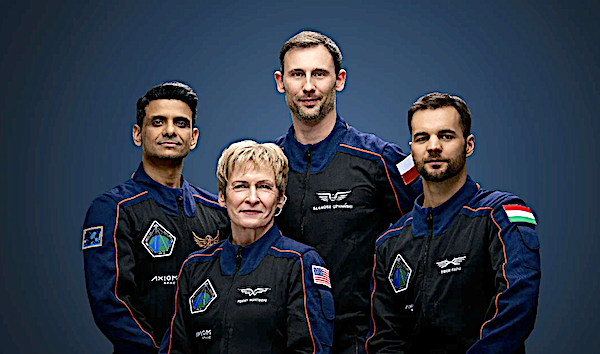

SpaceX is targeting Tuesday, June 10 for Falcon 9’s launch of Axiom Space’s Axiom Mission 4 (Ax–4) to the International Space Station from Launch Complex 39A (LC-39A) at NASA’s Kennedy Space Center in Florida. Launch is targeted for 8:22 a.m. ET, with a backup opportunity available on Wednesday, June 11 at 8:00 a.m. ET.
The Ax-4 mission will “realize the return” to human spaceflight for India, Poland, and Hungary, with each nation’s first government-sponsored flight in more than 40 years. While Ax-4 marks these countries’ second human spaceflight mission in history, it will be the first time all three nations will execute a mission on board the International Space Station. This historic mission underscores how Axiom Space is redefining the pathway to low-Earth orbit and elevating national space programs globally.
A live webcast of this mission will begin about two hours prior to liftoff, which you can watch here and on X @SpaceX. You can also watch the webcast on the new X TV app.
This is the first flight for the Dragon spacecraft supporting this mission. This will be the second flight for the first stage booster supporting this mission, which previously launched a Starlink mission. Following stage separation, Falcon 9’s first stage will land on Landing Zone 1 (LZ-1) at Cape Canaveral Space Force Station in Florida.
During their time on the orbiting laboratory, the crew will conduct more than 60 scientific experiments and demonstrations focused on human research, Earth observation, and life, biological, and material sciences.
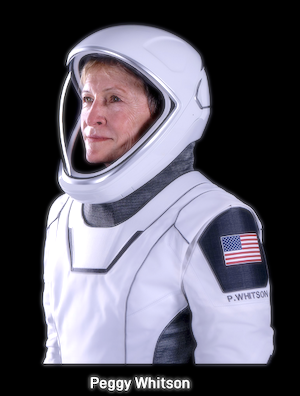
PeggyWhitson, Ph.D., America’s most experienced astronaut, served as commander on the Axiom Mission 2 (Ax-2), the second all-private astronaut mission to the International Space Station (ISS). During her record-breaking NASA career, she flew on three long-duration space flights and accumulated 665 days in space (now 675 after the Ax-2 mission), more than any other American astronaut or woman astronaut in the world. More here Peggy Whitson
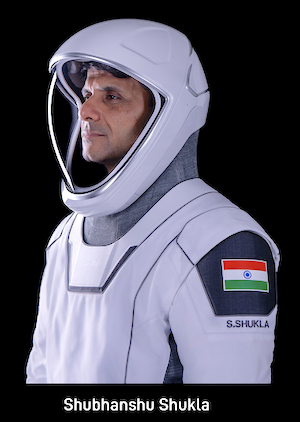
Group Captain Shubhanshu Shukla, a distinguished pilot in the Indian Air Force (IAF), has been handpicked as one of the four astronauts for the Indian Space Research Organisation’s (ISRO) historic Gaganyaan mission — the nation’s inaugural human space flight endeavor. More here hubhanshu Shukla
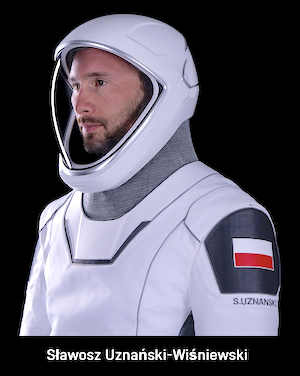
Sławosz Uznański-Wiśniewski, of Poland, is a scientist and engineer making significant contributions to the fields of science and space exploration. As a member of the European Space Agency’s (ESA) Astronaut Reserve Class of 2022, he emerged from a competitive pool of over 22,500 candidates, securing his place for future missions to the International Space Station (ISS) and beyond. Fluent in English and proficient in French, Sławosz brings a diverse linguistic background to his endeavors. More here Sławosz Uznański-Wiśniewski

Tibor Kapu, a mechanical engineer from Hungary, is a mission specialist for Axiom Mission 4 (Ax-4). Born on November 5, 1991, in Nyíregyháza, Hungary, Kapu’s journey from the classroom to the cosmos is nothing short of remarkable. More here Tibor Kapu
